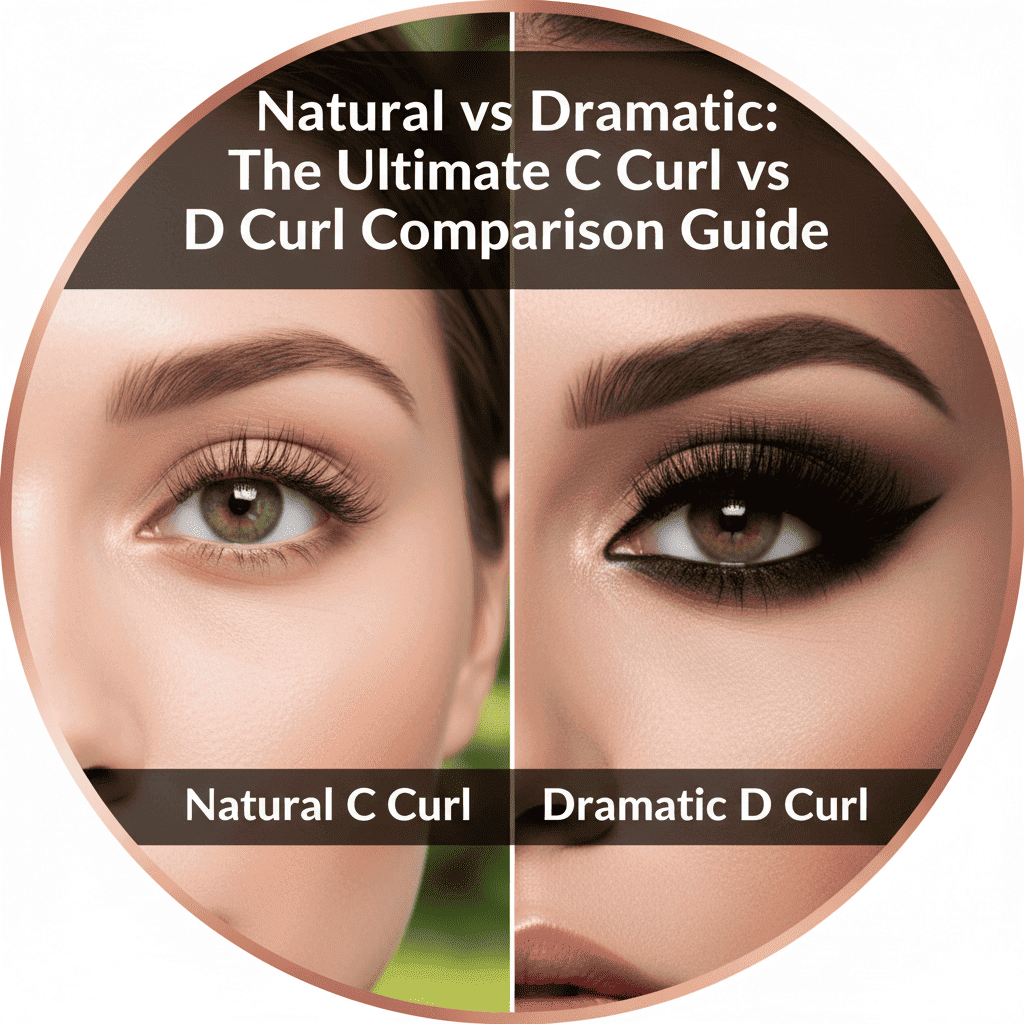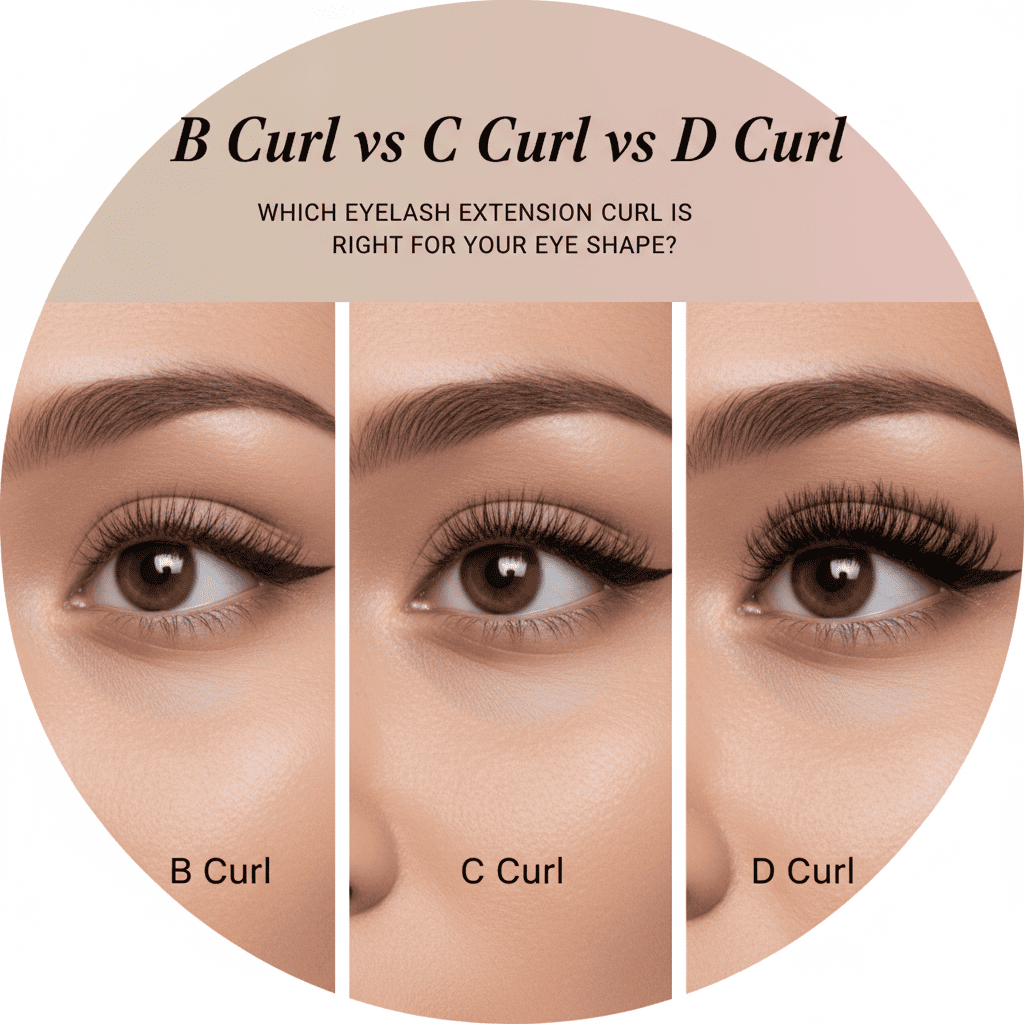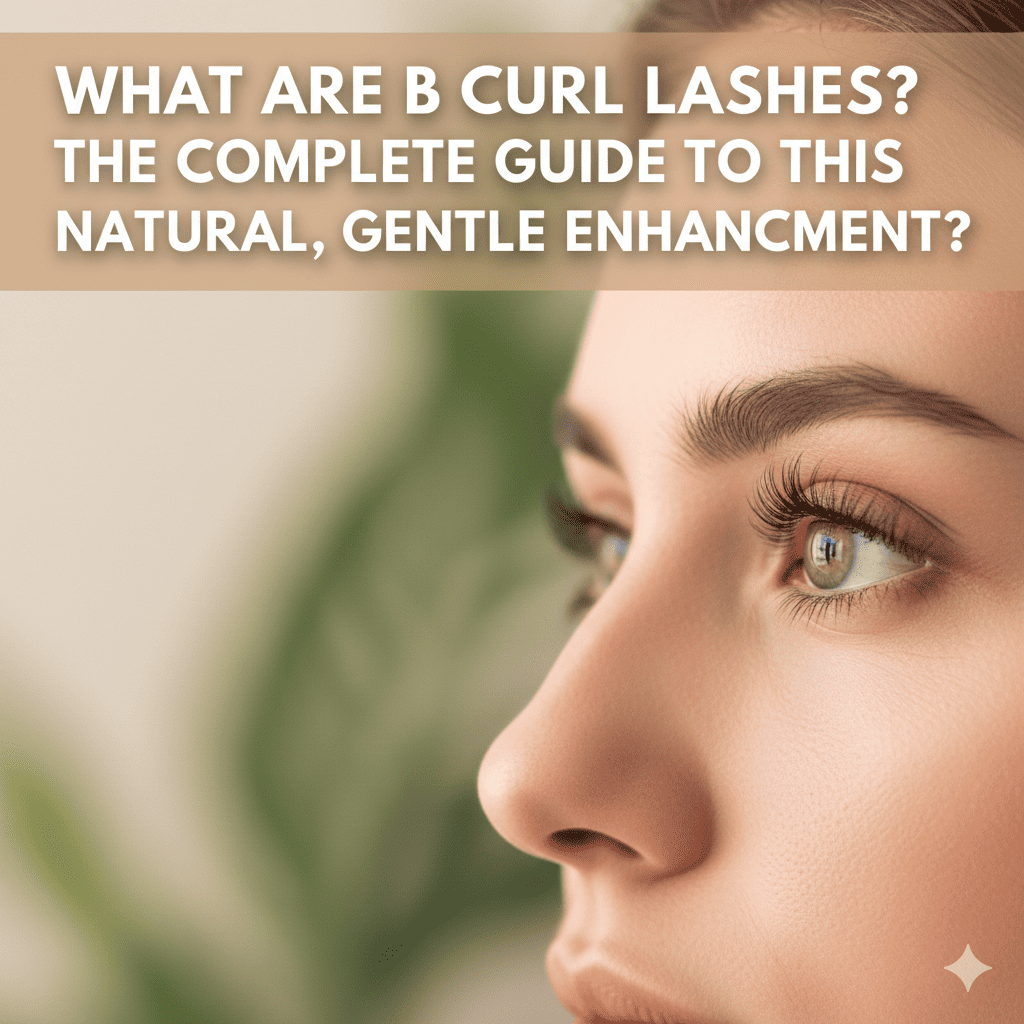Introduction
Overview of Lash Extensions and Their Importance in the Beauty Industry
In the dynamic world of beauty and cosmetics, lash extensions have emerged as a cornerstone, revolutionizing how individuals enhance their eyes and overall facial aesthetics. These extensions, crafted from various materials, provide a range of styles, from the natural lash map to more dramatic cat eye lash map designs. In 2024, as beauty trends continue to evolve, understanding and utilizing these extensions has become more critical than ever for professionals in the industry.
Lash extensions are not just a beauty trend; they are a reflection of personal style and confidence. As a lash salon owner or a certified lash technician, it’s essential to comprehend the diversity and versatility of lash extensions. They play a pivotal role in accentuating eye shapes, offering a transformative experience to clients. Whether it’s for a classic lash mapping guides style or a more avant-garde volume lash mapping, the right extension can uplift the entire appearance of an individual.

Brief Introduction to Lash Mapping and Its Significance for Lash Technicians
Lash mapping, an integral part of the lash extension application process, involves designing a pattern or lash map tailored to each client’s unique eye shape and desired style. This customization ensures that the extensions not only look natural but also complement the individual’s facial features. Techniques like cat eye mapping, doll eye mapping, and open eye lash mapping are essential skills in a technician’s repertoire.
For professionals in the lash extension industry, especially for those catering to a clientele seeking bespoke services, mastering lash mapping is crucial. It’s about understanding the nuances of lash maps for eye shapes and applying that knowledge to create stunning, personalized looks. From classic eyelash extension mapping to exploring creative patterns like kitten eye lash map or squirrel lash map, the art of lash mapping is ever-evolving, mirroring the dynamic nature of the beauty industry.
The aim of this article is to delve deep into the world of lash extensions and mapping, offering insights and guidance to professionals looking to excel in this field. Whether you’re a seasoned technician or just starting out, this comprehensive guide will equip you with the knowledge and skills needed to stay ahead in the competitive world of lash beauty.
Fundamentals of Lash Extensions
Understanding the basics of lash extensions is crucial for any lash technician aiming to provide exceptional service to their clients. The variety in lash extension mapping styles and materials allows for a wide range of looks, catering to diverse preferences.
Different Types of Lash Extensions: Materials, Lengths, Thicknesses, and Curls
Lash extensions come in various materials, including synthetic, silk, and mink. Each material offers a different look and feel, with mink being the most natural and lightweight option. The length, thickness, and curl of the extensions are equally important in achieving the desired look. For instance, a doll eye eyelash extensions map would require different specifications compared to a natural lash map.
The Role of Lash Extensions in Enhancing Eye Shape and Overall Facial Aesthetics
The beauty of lash extensions lies in their ability to enhance the natural shape of the eye and complement the facial aesthetics of the client. Techniques like lash mapping for eye shapes and lash maps for almond eyes or lash map for hooded eyes are essential for achieving a look that flatters the client’s features. A classic eyelash extension mapping might suit one client, while another might benefit more from a cat eye lashes mapping.

Lash Mapping: An In-Depth Exploration
Delving deeper into the art of lash mapping, we uncover its significance in crafting personalized lash styles. This meticulous process is what sets apart a standard lash extension application from a truly bespoke experience. Here, we explore the steps and techniques involved in effective lash mapping, ensuring each client leaves your salon with a perfectly tailored set of lashes.
Definition and Importance of Lash Mapping in Creating a Personalized Look
Lash mapping is a strategic approach used by lash technicians to design a customized lash map for each client. This technique involves deciding the length, curl, and direction of lash extensions based on the client’s natural eye shape and desired look. Whether it’s a subtle natural lash map or a dramatic cat eye lash extension mapping, each design is unique and tailored. The precision of lash mapping ensures that the extensions enhance the natural beauty of the client’s eyes, balancing and accentuating their features.
Step-by-Step Guide to the Lash Mapping Process
The process of lash mapping is intricate and requires careful consideration. Here’s a breakdown of the steps involved:
- Client Consultation: Understanding the client’s vision and eye shape is the first crucial step. Whether they desire a doll eye map or an open eye lash map, it’s important to align their expectations with the possibilities.
- Assessment of Eye Shape: Different eye shapes, like almond, round, or hooded, require different mapping strategies. For instance, lash maps for hooded eyes might differ significantly from those for almond eyes.
- Designing the Map: Based on the assessment, a lash map is drawn. This involves marking where different lengths and curls of lashes will be placed, considering factors like classic lash mapping, volume lash mapping, or kitten eyelash extensions.
- Application Process: Following the map, extensions are applied meticulously to create the desired effect, be it a squirrel eyelash extension style or a more traditional classic mapping.

Techniques for Mapping Different Eye Shapes and Styles
Understanding various eye shapes and the appropriate lash maps for each is crucial. For instance, lash maps for almond eyes might emphasize lengthening towards the outer corner, creating a subtle cat-eye effect. On the other hand, lash mapping for downturned eyes would focus on lifting the outer corners to create a more open look. Additionally, understanding contemporary styles like kim k lash map or different lash maps for unique effects is essential for any technician wanting to stay current.
Tools and Materials for Lash Mapping
Equipping oneself with the right tools and materials is vital for any lash technician. This section delves into the essentials required for effective lash mapping, providing tips for selecting the best products to meet diverse client needs. The right tools not only ease the application process but also ensure a high-quality finish, crucial for client satisfaction and retention.
Essential Tools and Materials for Effective Lash Mapping
In the realm of lash extensions, precision is key. Here are the essential tools and materials that every lash technician should have:
- High-Quality Lash Extensions: Choose from various materials like synthetic, silk, or mink, considering different lengths, curls, and thicknesses. Each type offers unique benefits, whether you’re creating a classic lash set mapping or a more voluminous style like volume lash mapping.
- Lash Adhesive: The glue used plays a crucial role in the longevity and safety of the lash extensions. Opt for high-quality, hypoallergenic adhesives to ensure client comfort and lasting results.
- Tweezers and Application Tools: Precision tweezers are necessary for the delicate application process. Have a range of straight and curved tweezers to handle different types of extensions and application techniques.
- Lash Mapping Tools: These include specialized stickers or disposable guides that help in plotting out the lash map accurately. They are especially helpful for complex styles like squirrel eyelash extensions or kitten eyelash extensions.
- Magnifying Glasses or Lamps: Good lighting and magnification are essential for detailed work, ensuring each lash is perfectly placed according to the lash map.

Tips for Selecting the Best Products for Different Client Needs
When choosing products, consider the following:
- Client’s Eye Shape and Sensitivity: Select lashes and adhesives that suit the client’s eye shape and any sensitivities. For example, lighter lashes like mink might be better for sensitive eyes.
- Desired Style: Match the lash type with the desired style. For instance, thicker, longer lashes might be ideal for a cat eye lash map, while more natural styles like classic eyelash extension mapping may require shorter, finer lashes.
- Quality vs. Cost: While it’s important to be cost-effective, never compromise on the quality of the products. High-quality materials not only provide better results but also ensure the safety and comfort of your clients.
- Brand Reputation and Reviews: Choose products from reputable brands that are well-reviewed by other professionals in the industry. This is particularly important for items like adhesives and lash fibers.
Customization Strategies in Lash Mapping
Customization is at the heart of lash mapping. It’s what transforms a standard lash extension application into a personalized beauty statement. This section explores the art of tailoring lash maps to individual client preferences and eye shapes, highlighting the importance of personalized service in the lash extension industry.
How to Tailor Lash Maps for Individual Client Preferences and Eye Shapes
The key to successful customization lies in understanding the unique features of each client’s eyes and their personal style preferences. Here’s how to approach it:
- Detailed Client Consultation: Engage in a thorough consultation to understand the client’s lifestyle, preferences, and expectations. Whether they prefer a subtle natural lash map or an extravagant doll eye mapping, this step is crucial.
- Analyzing Eye Shape: Identify the client’s eye shape – be it almond, round, hooded, or downturned. Each shape has its specific mapping technique, like lash maps for almond eyes or lash mapping for downturned eyes.
- Personalized Design: Create a customized lash map based on the client’s eye shape and desired style. This might involve blending different styles, such as combining elements of cat eye mapping with open eye lash mapping.
- Selecting the Right Extensions: Choose the appropriate length, curl, and thickness of extensions that complement the client’s natural lashes and the desired outcome.
- Application Technique: Apply the extensions meticulously, ensuring each lash aligns with the customized map. This precision is what creates a seamless, natural-looking enhancement.

Case Studies or Examples of Customized Lash Mapping
Consider these scenarios:
- The Professional Seeking a Natural Look: A client with almond eyes seeks a professional yet enhanced look. A natural lash map with medium-length, slight curl extensions provides a subtle lift without appearing too dramatic.
- The Glamorous Evening Style: For a client desiring a dramatic evening look, a cat eye lash extension mapping using longer, thicker lashes towards the outer corners creates an alluring, bold look.
- The Unique Challenge: A client with hooded eyes wishes for a more open-eyed appearance. A combination of lash mapping for hooded eyes and volume lash mapping techniques can achieve this, using varying lengths and curls to create depth and openness.
Advanced Techniques and Trends in Lash Mapping
As the beauty industry evolves, staying abreast of the latest trends and mastering advanced techniques in lash mapping is essential for any lash technician aiming to offer top-tier services. This section explores cutting-edge trends and innovative approaches in lash mapping, guiding you on how to integrate these into your practice.
Latest Trends in the Lash Extension Industry
2024 has seen a surge in innovative lash mapping styles, reflecting broader beauty trends. Some of the most notable include:
- Hybrid Lash Mapping: Combining different types of lash extensions in one application, such as mixing classic and volume lashes, to create a multidimensional look.
- Textured Lash Styles: Focusing on creating a more natural, ‘fluffy’ appearance by using varied lengths and curls in a strategic manner.
- Colorful and Patterned Lashes: Incorporating colored or patterned lashes into the map for a bold, unique statement.
- Eco-Friendly Materials: There’s a growing preference for sustainable, eco-friendly lash materials, mirroring the industry’s shift towards environmental consciousness.
Incorporating Trends into Your Lash Mapping Process
Embracing these trends requires both creativity and technical skill. Here’s how you can integrate them into your lash mapping process:
- Stay Informed and Experiment: Keep up with industry trends through continuous learning and practice. Experiment with new styles on mannequins or willing clients.
- Client Consultation: Discuss these new trends during client consultations to gauge interest and suitability. For instance, a client might be intrigued by the idea of a hybrid lash map.
- Customization: Tailor these trends to fit the client’s preferences and eye shape. For example, for someone with round eyes, a textured lash style could add depth and definition.
- Quality Products: Ensure you use high-quality, safe materials, especially when experimenting with new trends like colored lashes.

Expert Tips for Advanced Lash Mapping
Here are some expert tips to refine your lash mapping skills:
- Precision in Application: Always prioritize precision in the application process. Even the most creative lash map can fall short if not executed with care.
- Continuous Education: Attend workshops, webinars, and training sessions to stay updated on the latest techniques and products.
- Feedback and Adaptation: Seek feedback from clients and be willing to adapt your techniques. Sometimes, the best learning comes from hands-on experience and client interactions.
- Health and Safety: Always prioritize the health and safety of your clients’ eyes. This includes using hypoallergenic products and maintaining a sterile work environment.
Conclusion
Lash mapping is more than a service; it’s an art that combines aesthetics, precision, and personalization. In 2024, this art continues to evolve, embracing new trends and techniques. As lash technicians and salon owners, continually adapting and learning is key to success in this vibrant industry.
Remember, at UBLash, we are committed to supporting your journey in the lash extension world. Our range of high-quality products, competitive wholesale prices, and low MOQ make us the ideal partner for your lash business. Whether you are mastering classic styles or exploring new trends, our products are designed to help you achieve the best results.
Interested in enhancing your lash mapping skills or exploring our product range? Contact us at UBLash – your go-to source for all lash extension needs. Let’s work together to create stunning lash looks that keep your clients coming back for more!

Fanny
Lash Technician
Hi, I’m Fanny, the author of this post.
Over the past 5 years, we have assisted numerous lash salons and technicians across 20 countries to build their lash brand and grow their businesses with high-quality lash extension products.
If you have any questions or need assistance, feel free to reach out for a free consultation or to discuss tailored solutions for your business needs.
More Interesting Posts
Bulk Lash Extension Purchasing: MOQ Negotiation & Volume Discounts

Natural vs Dramatic: The Ultimate C Curl vs D Curl Comparison Guide

B Curl vs C Curl vs D Curl: Which Eyelash Extension Curl is Right for Your Eye Shape?

